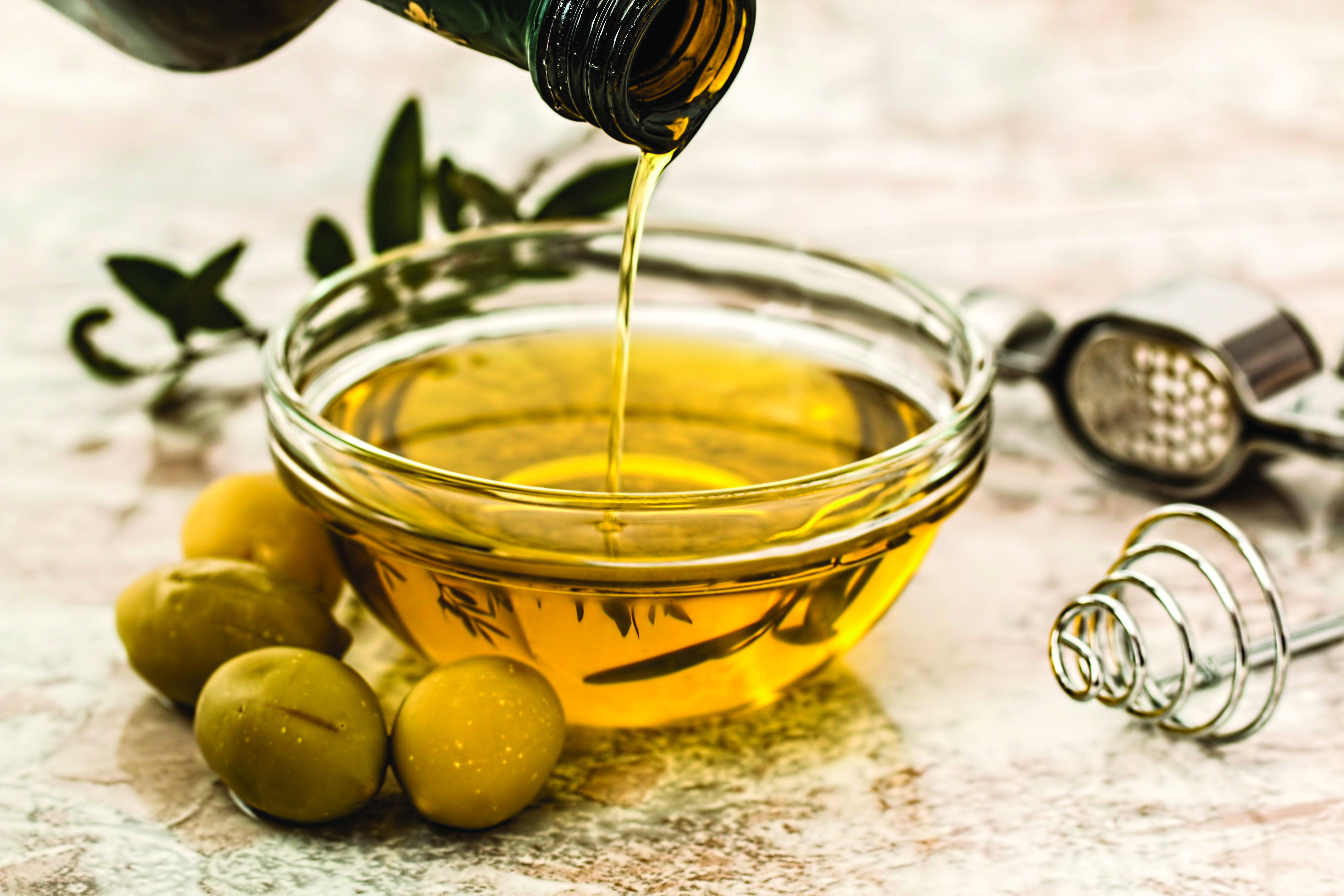5.5 Extra virgin olive oil, green gold
A unique rural landscape. Hills and stunning views that enchant and which have made the Sienese territory famous and desired in the world. To form this landscape, rows of olive trees, protagonists of a unique and appreciated territory, and able to offer a product of great quality, a product of great historical, cultural and economic value such as extra virgin olive oil.
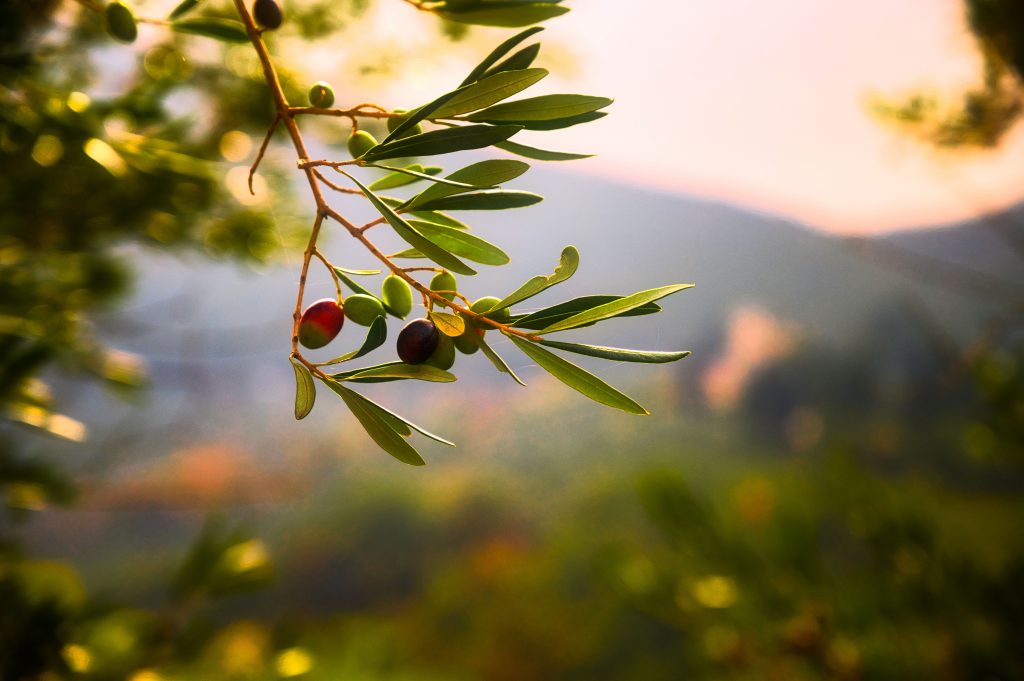
A food that is the basis of the Mediterranean diet recognised by UNESCO as a protected asset and included in the list of oral and intangible heritage of humanity in 2010. It is the quality that makes the difference. This is why olive oil has become the main fatty food of the Mediterranean diet: the fats that it provides have beneficial effects on the body as they control cardiovascular risk. Olive oil is the only fatty food that comes from a fruit, and being obtained from a fruit confers on its particular health and gastronomic properties. Olive oil, particularly the ‘’extra virgin’’ variety, is mainly made up of a fatty molecule that contains a large percentage of oleic acid. It also has an optimum ratio between monounsaturated and polyunsaturated fatty acids. These biochemical properties ensure that olive oil is easily digested; inhibits acid secretion in the stomach; stimulates the secretion of the pancreas; promotes the absorption of calcium and the growth of long bones. Finally, the so-called polyphenolic compounds found in olive oil have a distinct antioxidant quality: that is, they fight the oxidative stress of the human body due to free radicals, which causes ageing and disease. Thus olive oil can serve as an anti-inflammatory and prevent cardiovascular diseases and arteriosclerosis.
In ancient times the olive tree was the most popular and venerated plant, so much so that those who had cut down an olive tree were condemned to the death penalty. The reason for such veneration is explained in the light of Greek mythology. Zeus decreed that the earth would be granted to those who, between Athena and Poseidon, had presented a precious gift for mankind. Poseidon threw his trident against the rocks and let sea water flow out, meaning with such a gesture his power over the seas. Athena, in turn, knocked down the earth, ordering it to produce a new and marvellous tree and, instantly, the olive tree was born. The Council of Olympus stated that the latter was certainly the most useful miracle and decreed Athena the winner. Documentary and literary sources depict festivals in honour of the goddess, where the winners of the competitions were given amphorae of the precious oil from the goddess’ olive groves.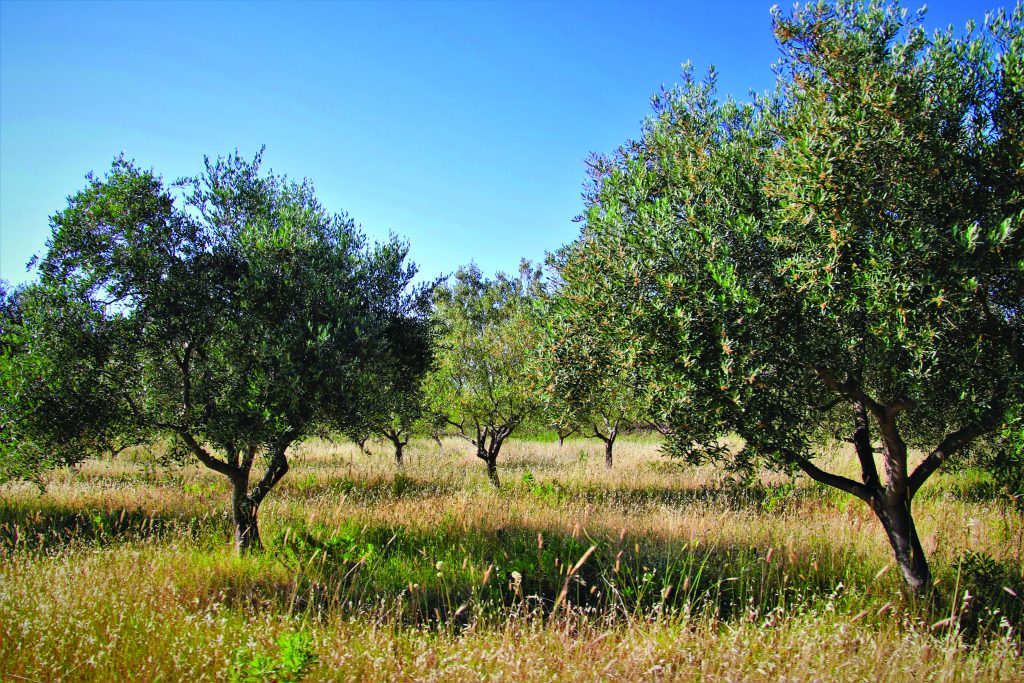
The olive tree is originally from Asia Minor: from the plateau of Iran, Syria and Palestine it spread, already 5 thousand years ago, throughout the Mediterranean basin. In the island of Crete it was already cultivated in 3000 B.C., in Spain it is thought to have appeared around the V century B.C., in Egypt in the II century, in Palestine in the I century. In this period, according to the testimony of Pliny, Italy achieved the highest production of oil, in fact the tree crops and among them the olive grove, were so widespread that they had an important influence on the agricultural landscape. The cultivation of oil had a remarkable diffusion with the Romans, perhaps also for the little care that such cultivation required compared to the others. With the fall of the Roman Empire, agricultural commercialisation was considerably reduced and the cultivation of olive trees also declined. In the Middle Ages it was the monasteries that conserved the great olive groves, then also the Municipalities returned to have interest in this cultivation.
In Tuscany it was the Medici family who encouraged this cultivation, starting what is still today one of the main resources of the region: the transfer of wooded land to the municipalities was favoured by obliging them to rent it at minimum prices to those who transformed it into olive groves and vineyards. The cultivation developed in the areas of choice (the upper Tyrrhenian belt and the central hills around the Arno river basin and its affluents), and in the territories of the Maremma. In the province of Siena olive trees are cultivated everywhere, in the middle hills the most suitable areas.
The new oil is an event for families and tourists; from October to December, first the olives are harvested and then the oil presses in production, to get this excellence of the Lands of Siena. A real and unmissable protagonist of the table: for a simple but delicious bruschetta with freshly pressed new oil, to enhance the flavours of the many traditional Sienese meat dishes, as well as fish dishes. Oils that are not all the same, even if they share a well defined character: sensations of artichoke, fresh grass or almond fruitiness are combined with the typical bitter and spicy notes that make it strong, but well balanced.
In addition to the optimal traditional production, the multitude of small companies and even hobbyists who produce quality extra virgin olive oil, there is no lack of certifications for oil from the province of Siena. There are two PDO (Protected Designation of Origin) and one PGI (Protected Geographical Indication): the PDO Terre di Siena and the PDO Chianti Classico, and the Tuscan PGI.
The Terre di Siena PDO oil is produced in all the municipalities of the province of Siena, except for the Chianti Classico production area. An extra virgin olive oil with a colour varying from green to yellow with colour variations in the course of time, fruity smell, taste with bitter and spicy notes and a maximum acidity of 0.50%. The Terre di Siena PDO extra virgin olive oil is the fruit of olives harvested directly from the tree, which have reached physiological maturity, stored in cool, ventilated rooms and transported in boxes to avoid overheating and fermentation. Prior to extracting the oil using mechanical and physical methods that do not alter the original properties of the fruit, the olives are washed with water at room temperature. The oil thus obtained can be packaged exclusively in the production area in bottles with a capacity not exceeding 5 litres or metal cans of 5 litres.
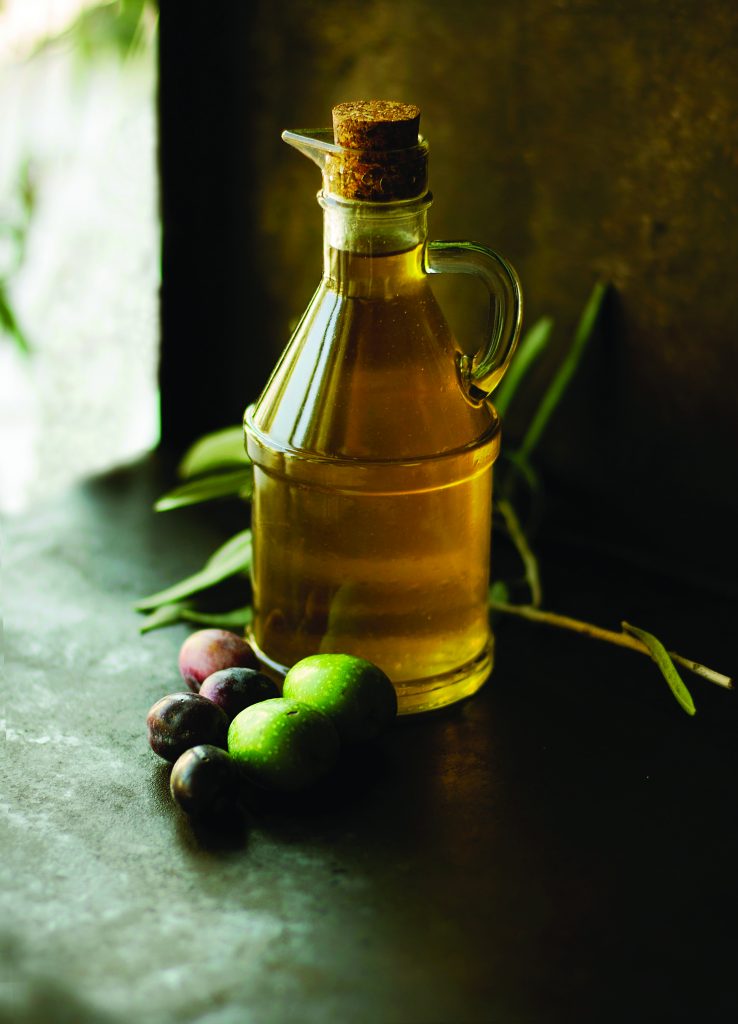 The “Terre di Siena” is produced with olives from at least two of the following cultivars present, at farm level, individually for at least 10% and jointly for at least 85%: Frantoio, Correggiolo, Leccino and Moraiolo. Other cultivars can also be used, such as Pendolino, Maurino, Olivastra, Morchi- aio, Pitursello, Americano, Arancino, Ciliegino, Filare, Gremignolo, Maremmano, Mignolo, Olivo Bufalo, to an extent not exceeding 15%.
The “Terre di Siena” is produced with olives from at least two of the following cultivars present, at farm level, individually for at least 10% and jointly for at least 85%: Frantoio, Correggiolo, Leccino and Moraiolo. Other cultivars can also be used, such as Pendolino, Maurino, Olivastra, Morchi- aio, Pitursello, Americano, Arancino, Ciliegino, Filare, Gremignolo, Maremmano, Mignolo, Olivo Bufalo, to an extent not exceeding 15%.
The PDO certification is an extra guarantee for the final consumer. In fact, since it is issued by a Control Body authorised by the Ministry of Agricultural Policies, it certifies compliance with the strict requirements of the production specification and guarantees, by way of example, that the olives are produced in the area defined by the specification, harvested directly from the tree, stored in suitable containers for no longer than three days and milled within 24 hours after delivery to the mill.
And at the table, Terre di Siena PDO is excellent for dressing salads and soups typical of the Tuscan tradition such as spelt soup and bean soup, to complement the pinzimonio, vegetables, cooked food and grilled meat. Perfect for fried food.
Another PDO of the province of Siena is the Chianti Classico PDO oil. Chianti Classico, or rather the territory that has produced Chianti Classico wine and oil for centuries, is a part of Tuscany delimited to the north by the surroundings of Florence, to the east by the Chianti Mountains, to the south by the city of Siena and to the west by the valleys of the Pesa and Elsa. This is a land of ancient traditions, civilised in ancient times, first by the Etruscans of which there are testimonies specifically linked to the world of wine and then by the Romans. In medieval times Chianti was a land of constant battles between the cities of Florence and Siena and, in that period, villages and bays, castles and strongholds were created, partly transformed into villas and residences when times became quieter. It was then that space was withdrawn from the large chestnut and oak woods for the cultivation of vineyards and olive trees, which gradually acquired economic importance and international fame.
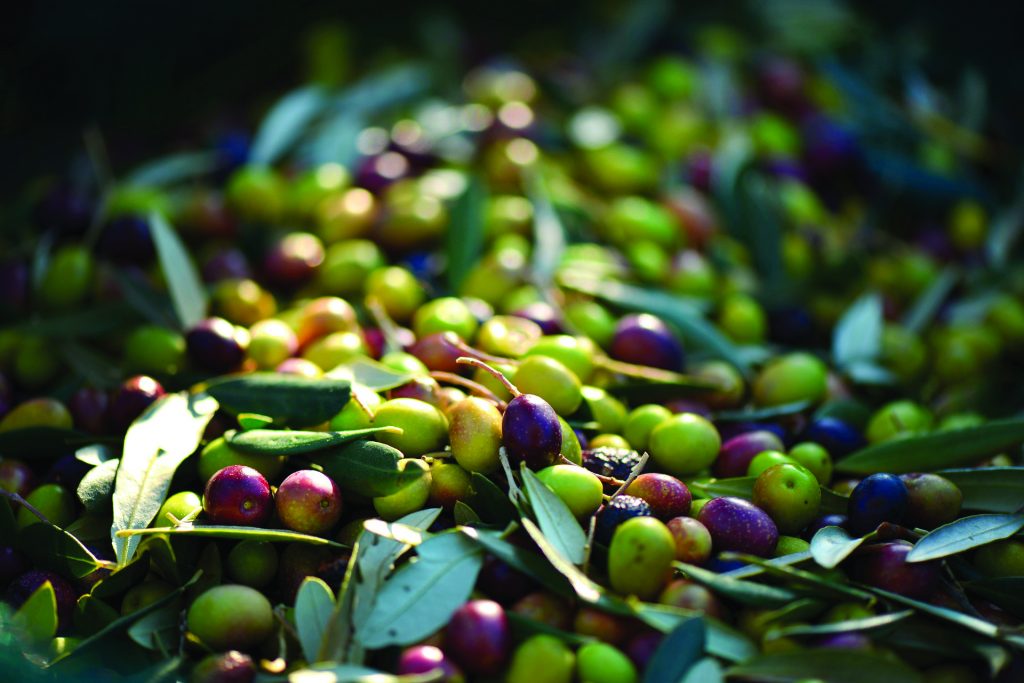 The Chianti Classico oil must be produced solely from registered olive groves, at least 80% of which are of the Frantoio, Correggiolo, Moraiolo, Leccino varieties, alone or together, and a maximum of 20% from other, mostly native varieties. The Chianti Classico oil production area includes, in the provinces of Siena and Florence, the administrative territories of the following municipalities: Castellina in Chianti, Gaiole in Chianti, Greve in Chianti, Radda in Chianti for all their territory, and, in part, Barberino Val d’Elsa, Castelnuovo Berardenga, Poggibonsi, San Casciano in Val di Pesa and Tavarnelle Val di Pesa, as stated in Article 3 of the Production Protocol.
The Chianti Classico oil must be produced solely from registered olive groves, at least 80% of which are of the Frantoio, Correggiolo, Moraiolo, Leccino varieties, alone or together, and a maximum of 20% from other, mostly native varieties. The Chianti Classico oil production area includes, in the provinces of Siena and Florence, the administrative territories of the following municipalities: Castellina in Chianti, Gaiole in Chianti, Greve in Chianti, Radda in Chianti for all their territory, and, in part, Barberino Val d’Elsa, Castelnuovo Berardenga, Poggibonsi, San Casciano in Val di Pesa and Tavarnelle Val di Pesa, as stated in Article 3 of the Production Protocol.
And then in the province of Siena is produced the extra virgin olive oil Toscano PGI which guarantees maximum certainty in terms of authenticity. The Consorzio del Toscano Igp ensures that every bottle has its own signature, verifying the entire production chain, strictly carried out in Tuscany, from cultivation to packaging. The oil also undergoes chemical and censorial tests (sampling by commissions recognised by the Ministry of Agricultural Policies) to check that it fully complies with the specifications. The result is a 100% Tuscan oil. Tuscan IGP oil also means typicality and strong links with the territory, certified by the brand and by a strict production specification. This is why this extra virgin olive oil is one of the typical Tuscan products, loved all over the world.
Brochure edited by Primamedia, Siena
Texts edited by Lorenzo Benocci
Editorial coordination: Elisa Boniello and Laura Modafferi
Photos: Archivio Comune di Siena Graphic design: Michela Bracciali
